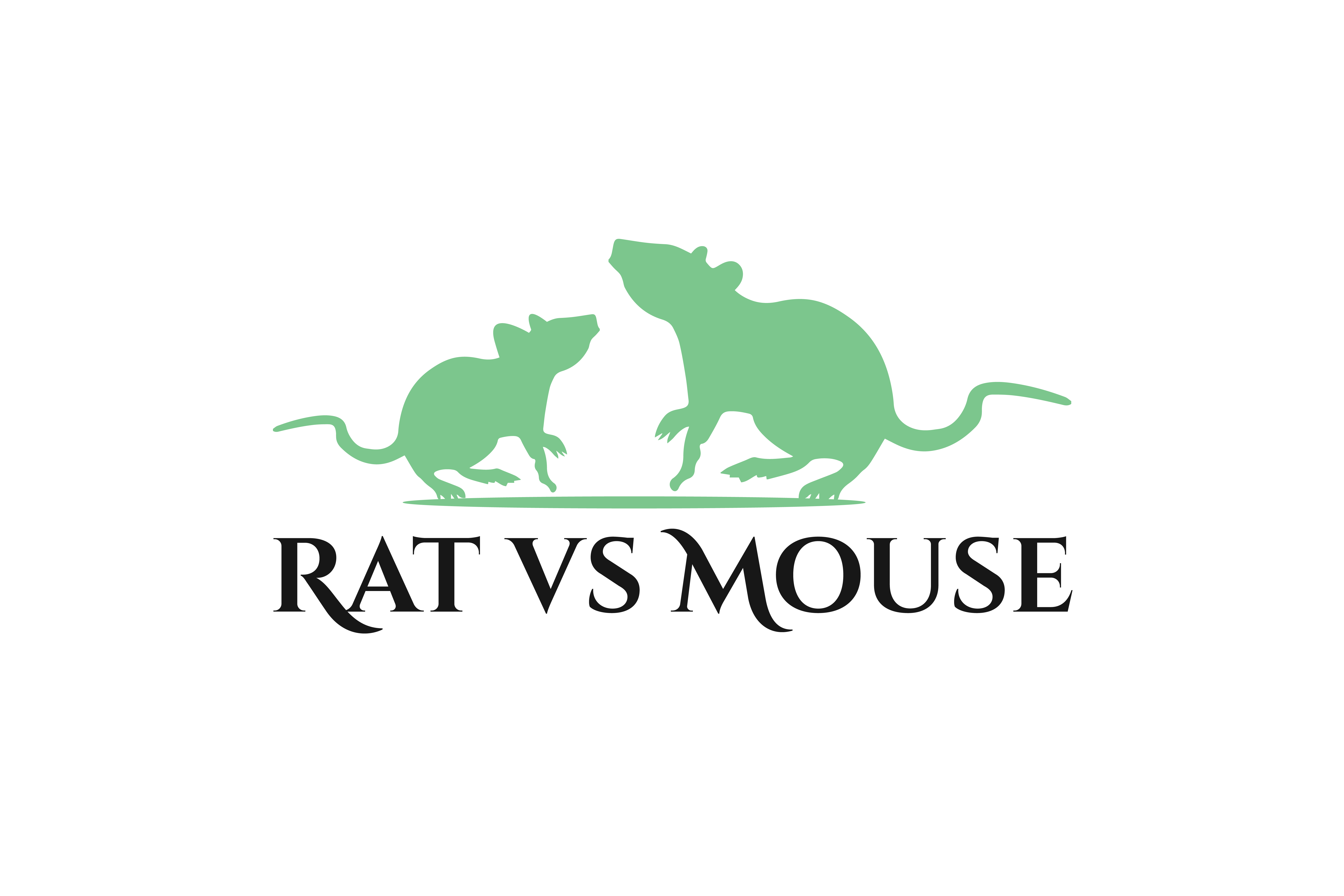
Mice and rats are commonly used in lab experiments because of their size, fast reproduction rate, and ease of handling. They are readily available and cheap to acquire.
Mice and rats are also widely used in human disease experiments. They share up to 99% of their genes with humans, rendering them an excellent model of inherited human disease. A closer look at the anatomy of rats and mice will help you appreciate how closely their anatomy resembles that of humans.

Mice and Rat Anatomy
Digestive System
Food passes from the mouth to the thoracic cavity in the esophagus, then goes into the stomach. The stomach is located ventrally to the liver in the abdominal cavity. The intestines constitute the small intestines, called the duodenum, which are followed by the jejunum and ileum. The ileum connects to the caecum, which is like an enlarged pouch. From the caecum, food proceeds to the colon, which ascends and descends before entering the rectum to leave the body via the anus.
From looking at this anatomical information about mice and rats, you will find that mice and rats are monogastric, just like humans, with intestines that are similarly lined up.
Urogenital System
Like humans, mice and rats have a urogenital system comprised of the excretory and reproductive systems. These two systems have some shared common ducts.
The main aim of the excretory system is to eliminate nitrogen-containing compounds to maintain homeostatic conditions in body fluids. The kidneys play a crucial role in balancing ion concentration. Blood containing nitrogenous waste enters the kidneys via the renal artery, at a surface called the hilus. After removal of nitrogenous waste, the blood leaves the kidneys via the renal vein. The ureter also leaves the kidney, carrying urine to the bladder. At the cranial position of the kidneys are adrenal glands. These glands release hormones which affect metabolism and sexual development.
The Kidney
Blood is filtered in the renal cortex before entering a tubular system. The filtered blood is then passed into the medulla, where ions and essential nutrients are absorbed back into the body by capillaries. The remaining filtrate moves to the renal papilla, the point where collecting ducts meet. This is the point where urine drips into the renal pelvis. The urine then enters the ureter, moves towards the bladder, and is taken outside via the urethra.
From the information on the urogenital systems of mice and rats, it is evident that these systems closely resemble that of humans. This is why experiments involving hormones or other drugs that can affect metabolism are first tested on mice and rats. The way they absorb, utilize and excrete substances in and out of the body is very similar to humans.
Genetically Modified Mice and Rats
Mice and rats can easily be manipulated through genetic engineering to produce homologous mice. These mice are produced from injecting blastocysts with embryonic stem cells from mice that have been selected for specific traits. This results in the production of offspring with nearly exact characteristics. These uniform animals are very important in experiments, as they are able to ensure experiment results are not biased by differences in traits and gene phenotype. Such genetic manipulations are not easy with other kinds of animals. The fact that mice and rats are very small and have a short reproductive cycle make them favorable for scientific experiments.
Transgenic Mice and Rats
Scientists are now capable of breeding genetically engineered mice and rats, also called “transgenic mice” and “transgenic rats”. These mice and rats are made to carry genes that are similar to ones that cause human diseases. In experiments, scientists can activate and deactivate these genes to observe their effects on animals. For example, this technique has allowed scientists to be able to assess the effects of carcinogens and see how results from such animal experiments can be used to promote drug safety in humans.
Human Disease Experiments
Mice can naturally be born without an immune system. These mice are then used as models for research on human diseases. Some of the diseases that mice are used as models for include cancer, obesity, diabetes, hypertension, muscular dystrophy, spinal cord injuries, HIV and AIDS, cardiovascular diseases, and many other human diseases.
